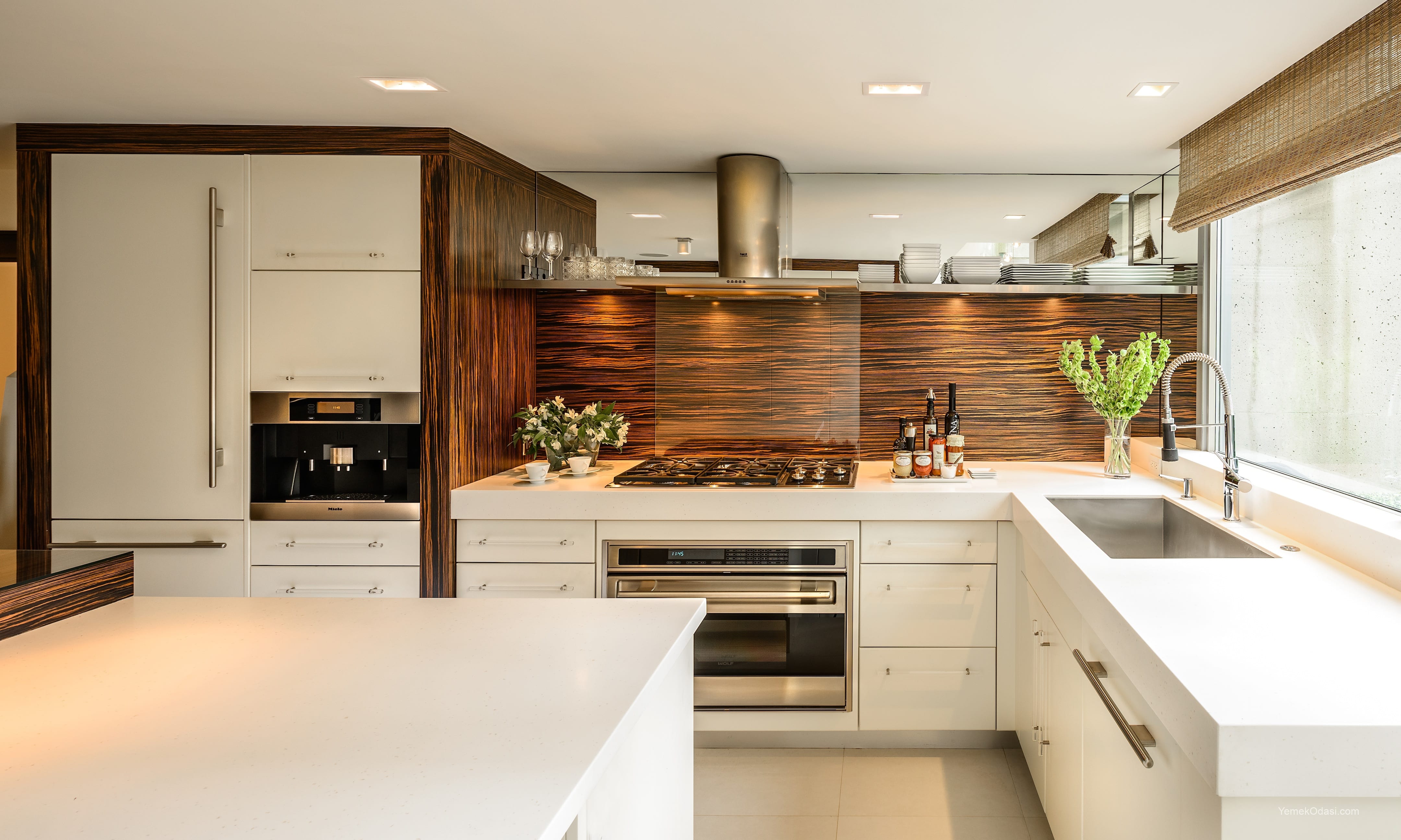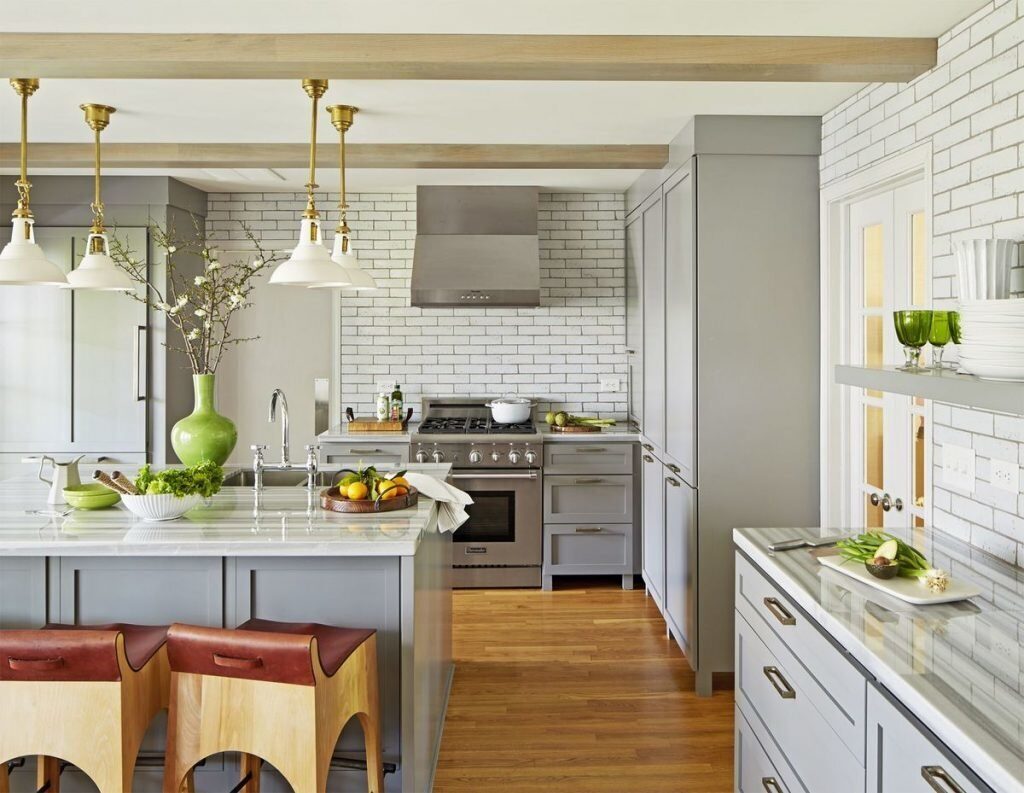Welcome to the exciting world of kitchen renovations! In this blog post, we will explore the various aspects of designing your dream cooking space. A well-designed kitchen is not only aesthetically pleasing but also enhances your cooking experience.
Whether you are a passionate home chef or someone who simply enjoys spending time in the kitchen, creating a functional and beautiful space is essential. So, let’s dive in and discover how to transform your kitchen into a culinary haven!
-
Assessing Your Needs
Before embarking on your kitchen renovations Burleigh journey, it is crucial to assess your needs and preferences. Understanding your specific requirements will help you make informed decisions throughout the process. Start by analyzing your cooking habits.
Do you love hosting dinner parties and need ample countertop space? Or are you someone who enjoys baking and requires a dedicated area for your appliances? Consider your storage needs as well. Do you have a large collection of pots and pans that need to be easily accessible? Are you a spice enthusiast who wants a well-organized spice rack? Lastly, think about your desired aesthetics. Do you prefer a modern, sleek look, or are you drawn to a cozy, rustic style? By taking the time to assess your needs, you will create a kitchen that caters to your unique lifestyle.
-
Setting a Budget
Once you have a clear understanding of your needs, it’s time to set a budget for your kitchen renovation. Setting a realistic budget early in the process will help you prioritize your expenses and make informed decisions. Consider factors such as the size of your kitchen, materials you desire, and whether you will require professional help.
Research the average costs of different elements like cabinetry, appliances, and countertops to get an idea of what you can afford. It’s essential to leave some room for unexpected expenses, as renovations often come with surprises. By setting a budget, you can ensure that you stay on track financially throughout the renovation process.
-
Gathering Inspiration
Now that you have assessed your needs and set a budget, it’s time to gather inspiration for your dream kitchen. There are numerous sources to explore when it comes to kitchen design. Flip through magazines, browse websites, or scroll through social media platforms like Pinterest or Instagram. Pay attention to the details that catch your eye – whether it’s a specific color scheme, a unique backsplash, or a particular style of cabinetry.
Create a mood board or collect images that resonate with you to guide your decision-making process. Gathering inspiration will not only help you visualize your dream kitchen but also give you a better understanding of current trends and design possibilities.
-
Choosing Layout and Appliances
The layout of your kitchen is a crucial factor in its functionality. There are several popular kitchen layouts to consider, including U-shaped, L-shaped, galley, and island kitchens. Each layout has its own advantages and disadvantages, so it’s important to choose one that suits your needs and space constraints. Consider factors such as traffic flow, work triangle efficiency, and the integration of appliances.
Speaking of appliances, they play a significant role in both the functionality and aesthetics of your kitchen. Consider your cooking preferences and choose appliances that align with your needs. Are you an avid baker who requires a double oven? Or perhaps you love hosting and want a refrigerator with extra storage capacity? Additionally, consider the aesthetic aspect of appliances. Do you prefer a sleek, stainless steel look, or does a retro-style stove speak to your personality? By carefully selecting your kitchen layout and appliances, you will create a space that is both efficient and visually appealing.

-
Selecting Materials and Finishes
The materials and finishes you choose for your kitchen will greatly impact its overall look and feel. Let’s explore some popular choices for countertops, cabinetry, flooring, and backsplashes.
Countertops: Granite, quartz, and marble are popular choices for countertops. Granite offers durability and a wide variety of colors and patterns. Quartz is known for its low maintenance and resistance to stains. Marble, with its timeless elegance, adds a touch of luxury to any kitchen.
Cabinetry: When it comes to cabinetry, options abound. Solid wood cabinets offer durability and a classic look, while laminate cabinets provide a budget-friendly alternative. If you’re seeking a modern vibe, consider high gloss or acrylic cabinets. Open shelving is also gaining popularity, offering a chance to showcase your favorite dishes or decorative items.
Flooring: Flooring should be both durable and easy to clean. Popular choices include hardwood, tile, vinyl, and laminate. Hardwood flooring adds warmth and elegance to a kitchen, while tiles offer versatility and a wide range of design options. Vinyl and laminate flooring provide budget-friendly alternatives that mimic the look of more expensive materials.
Backsplashes: The backsplash is an opportunity to add personality and style to your kitchen. Consider materials like subway tiles, mosaic tiles, or even a statement piece made of glass or metal. Backsplashes not only protect your walls from splatters but also serve as a focal point that ties the entire kitchen together.
When selecting materials, consider factors such as durability, maintenance requirements, and cost considerations. Additionally, stay informed about the current trends in kitchen design to ensure that your choices are both timeless and reflective of your personal style.
-
Lighting Design
Proper lighting is often overlooked in kitchen design, but it is crucial for creating an inviting and functional space. Incorporate a combination of natural and artificial lighting to ensure that every corner of your kitchen is well-lit.
Natural lighting can be enhanced by strategically placing windows or skylights in your kitchen. Take advantage of any existing natural light sources and consider adding more if needed. Not only does natural light create a warm and welcoming atmosphere, but it can also help save energy.
Artificial lighting should be carefully planned to provide adequate illumination for different tasks within the kitchen. Ambient lighting, such as ceiling fixtures or pendant lights, provides overall illumination. Task lighting, such as under-cabinet lights or recessed lights above work areas, ensures that you have enough light for food preparation and cooking. Accent lighting, such as spotlights or strip lights, can be used to highlight specific areas or architectural elements in your kitchen.
-
Storage Solutions
One of the biggest challenges in kitchen design is maximizing storage space. Clever storage solutions can help you make the most of every inch in your kitchen.
Start with your cabinetry. Consider installing deep drawers instead of traditional cabinets for pots and pans, as they allow for easier access and organization. Incorporate pull-out shelves or lazy susans for corner cabinets to utilize every inch of space. Install vertical dividers in your cabinets to store baking sheets and cutting boards upright. Utilize the space above your cabinets by adding decorative baskets or bins for storing less frequently used items.
Pantry organization is also crucial for an efficient kitchen. Install adjustable shelves to accommodate items of different heights. Use clear containers or labeled bins to store dry goods and spices. Consider adding a pantry door organizer for easy access to frequently used items.
Lastly, don’t forget about the often-underutilized space on your walls. Install hooks or a pegboard to hang pots, pans, and utensils. Use magnetic strips to store knives or metal spice jars. By thinking creatively and utilizing smart storage solutions, you can keep your kitchen organized and clutter-free.
-
Color Scheme and Decor
The color scheme you choose for your kitchen sets the mood and atmosphere of the space. Consider different color palettes and how they can create various vibes.
Neutral colors like white, beige, or gray create a timeless and versatile backdrop for your kitchen. They can be paired with any style or accent color, making them a safe choice for those who prefer a more flexible design.
Bold colors like navy blue, emerald green, or even a vibrant red can add a pop of personality to your kitchen. These colors work well as accent colors on cabinets, backsplashes, or even as an island color.
For a more rustic or farmhouse look, consider earthy tones like muted greens, warm browns, or soft yellows. These colors evoke a cozy and inviting feel, perfect for those who enjoy a rustic aesthetic.
Once you have chosen your color scheme, consider incorporating decor elements to add personality to your kitchen. Hang artwork that complements your style. Add plants or herbs for a touch of greenery and freshness. Consider adding a rug or runner to soften the space and add warmth. By carefully choosing your color palette and adding personal touches, you can create a kitchen that truly reflects your style and taste.
-
Hiring Professionals vs. DIY
Deciding whether to hire professionals or take on a DIY kitchen renovation depends on several factors. While a DIY renovation can save money, it requires time, skill, and patience. Consider your level of expertise and the complexity of the renovation. Are you comfortable with plumbing and electrical work? Do you have the necessary tools and equipment? If the answer is no, it may be best to hire professionals to ensure that the renovation is done safely and efficiently.
Professionals have the experience and knowledge to guide you through the kitchen renovations Burleigh process. They can offer expert advice, suggest innovative ideas, and provide access to resources and materials that may not be available to the general public. Additionally, hiring professionals can save you time and stress, as they handle all aspects of the renovation, from design to installation.
Conclusion:
Designing your dream kitchen is an exciting and rewarding process. By assessing your needs, setting a budget, gathering inspiration, and making informed decisions about layout, appliances, materials, lighting, storage, and decor, you can create a space that is both functional and aesthetically pleasing.
Whether you choose to hire professionals or take on a DIY approach, remember to enjoy the process and create a kitchen that truly reflects your style and cooking needs. Happy renovating!

